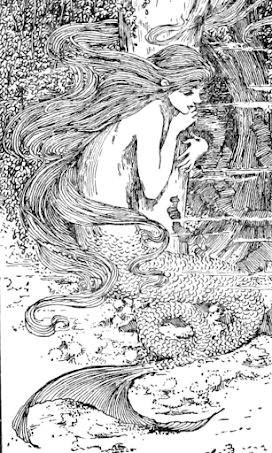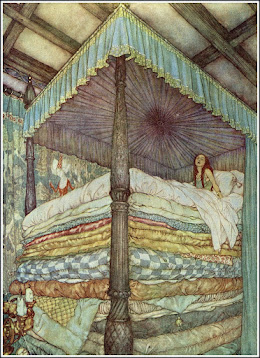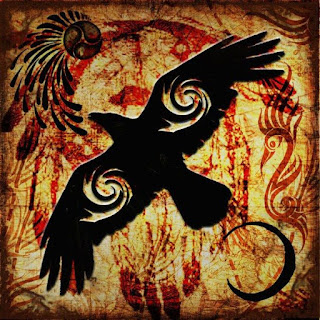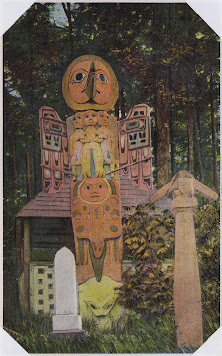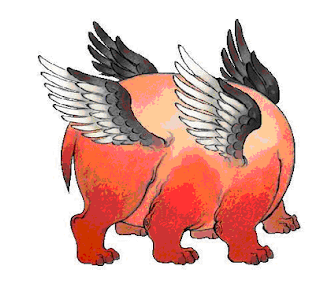Week 12 Lab: Write Microfiction
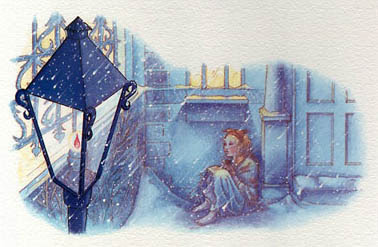
The Princess and the Pea A long time ago, there was a kind prince who wished for love. However, he searched all over the country but could not find a lady he liked. One night, he met a young beautiful lady in his dream, and he had a nice time with her in that dream. Her skin was so soft. She could even feel a little pea under the thick mattress when they slept... Suddenly, the prince waked up, and he felt a little bit upset. As time goes on, the face of the lady in his dream blurred more and more in his mind. The next moment, his door had been knocked. He went to open the door. A new maid stood before the door, and there was a shallow welt just like a pea on her neck. The Little Match-Seller The winter was freezing and the wind was howling. A little girl sat on the corner of the street and tried to sell some matches. She lost her grandparents when she was a baby, and she was abandoned by her parents. All pedestrians on the streets were lower their heads and walked quickly. No one want
